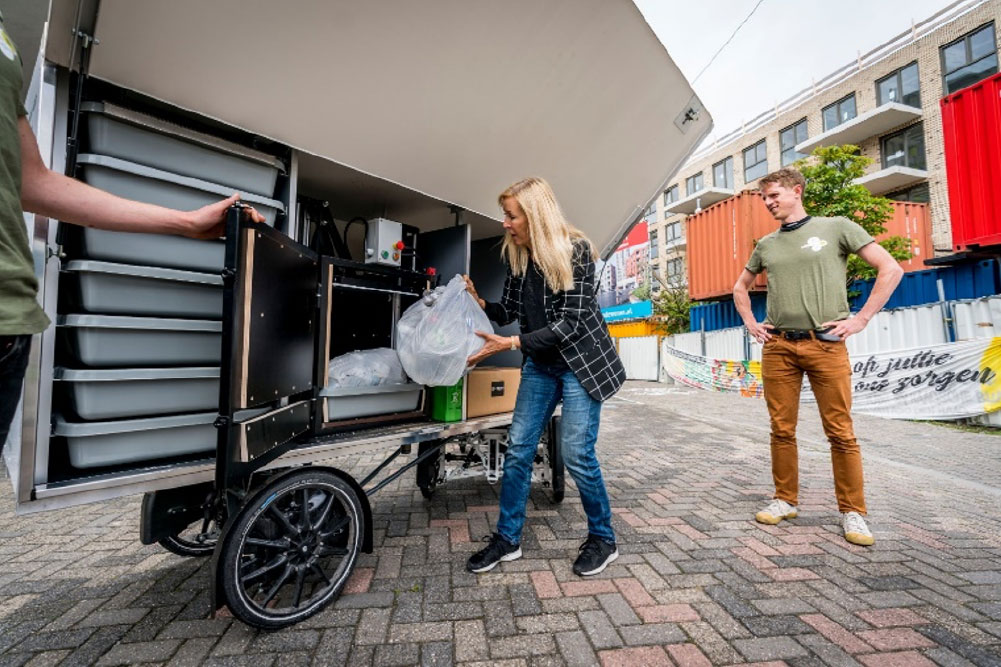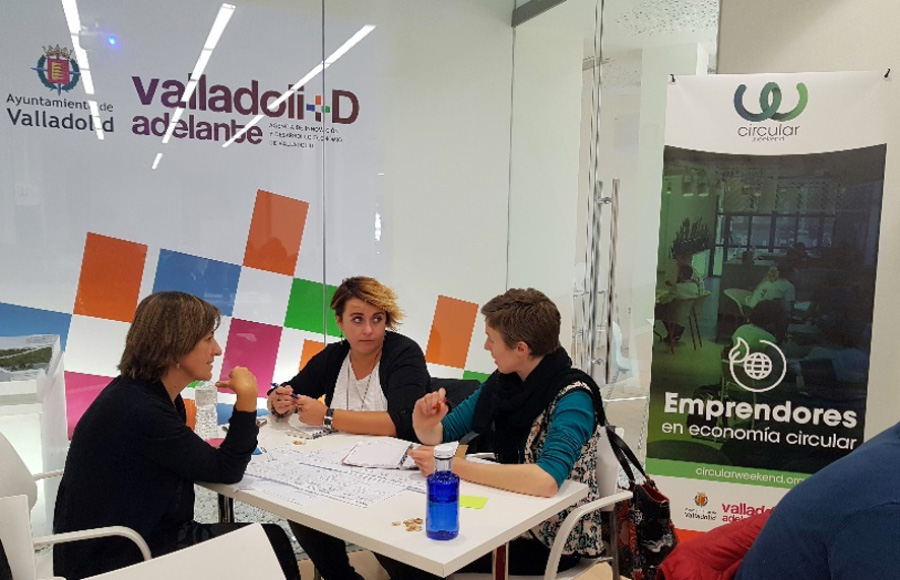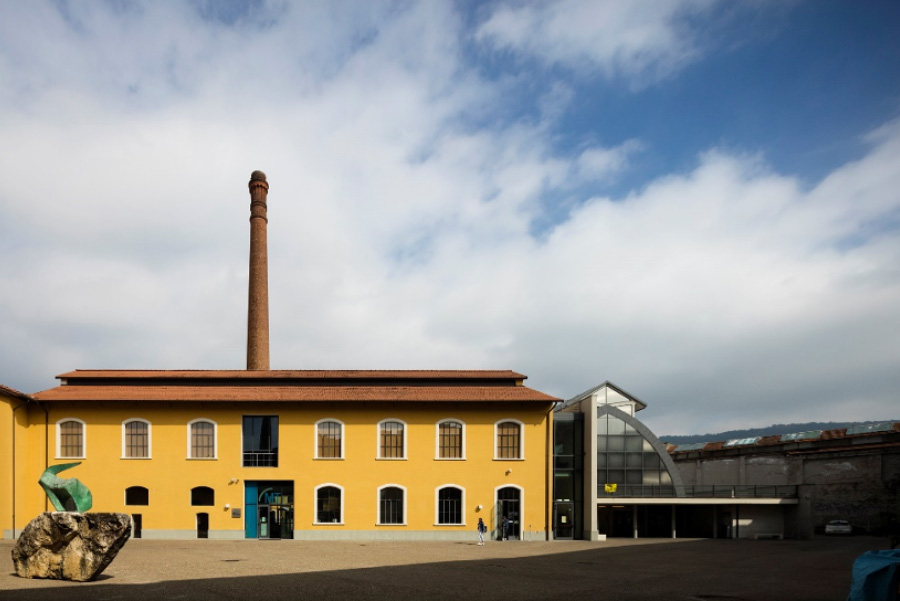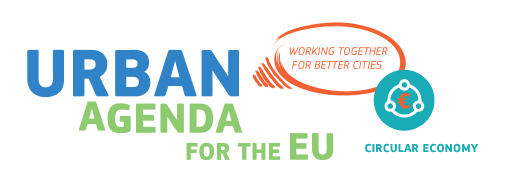Examples of co-designing a funding programme
Great benefits can be gained from co-designing a funding programme with key stakeholders. A co-designed programme can be very effective since it is tailor-made to match the city and stakeholder needs. The cooperation will increase both the involvement and the commitment of the city’s stakeholders. However, co-designing a funding programme is quite complex and time-consuming.
To offer practical and comprehensive help, two cases are highlighted where key stakeholders were part of the funding programme design.
Amsterdam: adding the doughnut to the Circular Economy
The city of Amsterdam is trying to fulfil its ambition to create a regenerative and citizen-inclusive city respectful of its environment. The circular model called the ‘Doughnut Economy’, introduced by Kate Raworth ![]() , has helped Amsterdam in co-creating an agenda for change
, has helped Amsterdam in co-creating an agenda for change ![]() together with the residents and businesses of local neighbourhoods. This co-creation involved:
together with the residents and businesses of local neighbourhoods. This co-creation involved:
- Open communication with residents and businesses to increase their involvement.
- Organised events and networking opportunities to form new partnerships.
- Showcasing the city’s circular frontrunners to inspire citizens and businesses to transition to a more circular economy.
- Specific funding instruments, involving external stakeholders, to support various urban actors in a more tailored way.
Circular Flanders: a true circular partnership
The Belgian region Flanders has tackled the transition towards a circular economy by creating a cross-sectorial collaboration ensuring a broad societal support. The region has involved experts from government, firms, society, and academia, to collaborate in the Circular Flanders ![]() programme. This multi-stakeholder partnership was achieved by means of:
programme. This multi-stakeholder partnership was achieved by means of:
- Open communication with key stakeholders to improve the quality and diversity of projects.
- Consideration of previous circular projects to improve the current funding instrument.
- Dissemination of experiences and best practices to ensure transparency and stimulate collaboration among projects and partners.
Moreover, based on key stakeholder feedback, Flanders has made funding more accessible to high-risk pioneering projects to support high-impact innovation. Financial and administrative thresholds were lowered, and compliance requirements were minimised to create a thriving environment for start-ups with more innovative and transformative projects.






